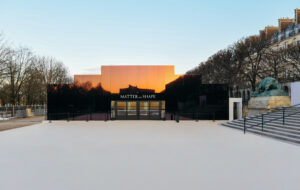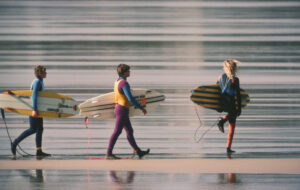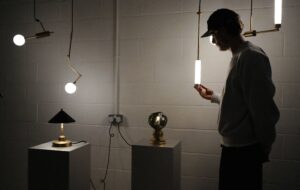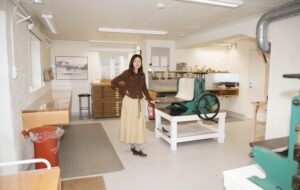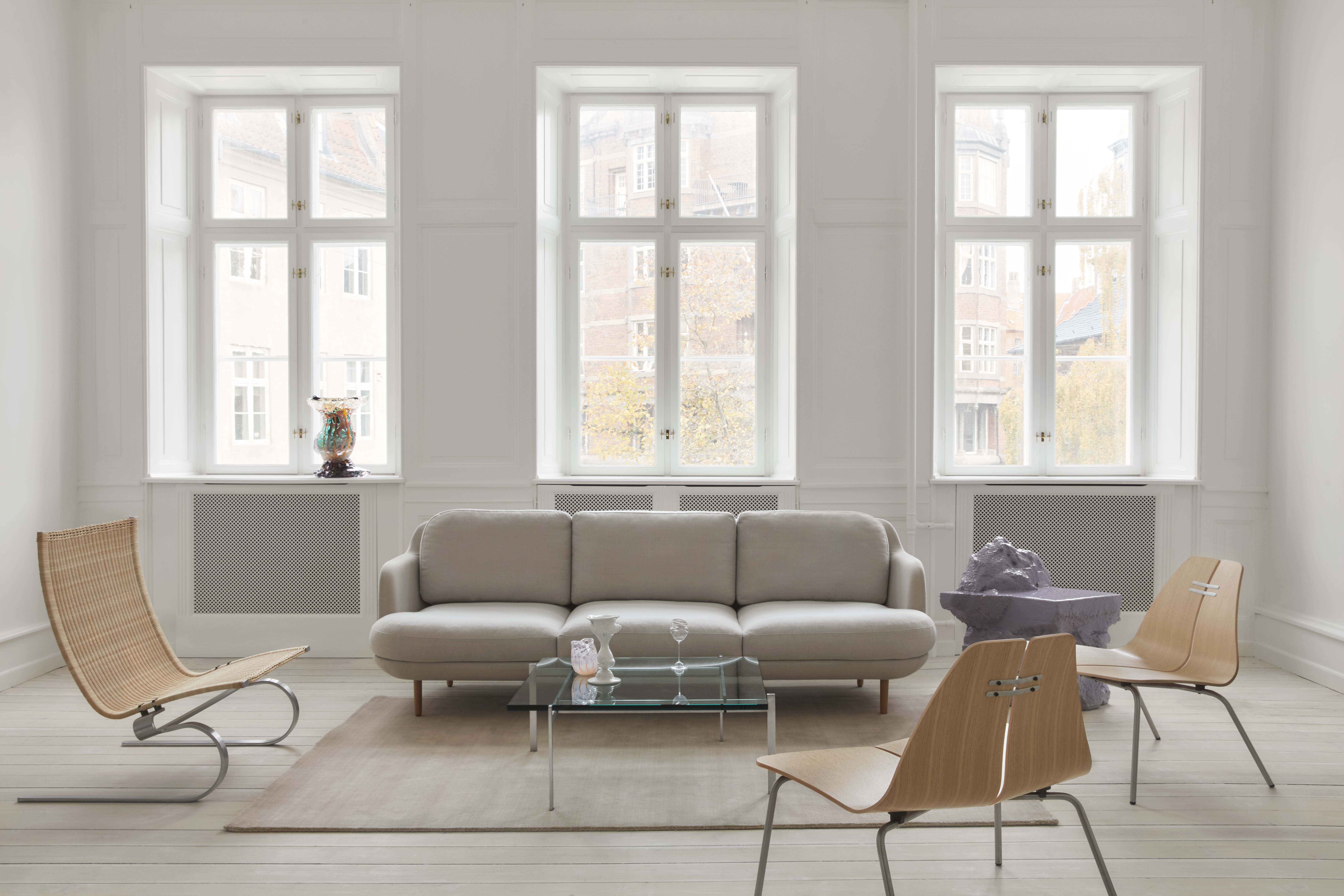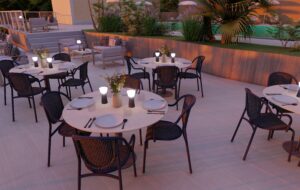|
|
||
|
“I am a revolutionary whose weapons are art and architecture,” says Soichiro Fukutake.The billionaire art lover and philanthropist has amassed an astonishing collection of contemporary art and architecture on and around the island of Naoshima in Japan’s Inland Sea, all in the cause of revitalising declining island communities. The Teshima Art Museum is the latest weapon in that arsenal. Less a “museum” for art than a gigantic art installation in its own right, the project is the product of a six-year collaboration between the architect Ryue Nishizawa and the artist Rei Naito, set amid a breathtaking landscape of terraced rice paddies high on the island of Teshima. Fukutake’s brief to Nishizawa was to “create a fusion of art, architecture, and nature”, and the resulting creation is an exhilarating study in seamlessness. The centrepiece is a low, spreading concrete shell sheltering a vast 40m x 60m interior space. This is approached via a pathway that winds through trees and past a sea view. Thus primed with nature uncut, the visitor enters the space shoeless through a narrow funnel to a vivid experience of nature distilled. Two large apertures open to the sky fill the soft grey void of the space with light and birdsong, which dance off the polished concrete in soft reflections and vibrant echoes. Water beads through the concrete floor from tiny springs, forming puddles and glistening rivulets darting ceaselessly from place to place. All is subtle, yet filled with animation. In this creation there is no boundary between artwork, the space that enfolds it, and the energies that animate it. It is a potent realisation both of Naito’s goal of “revealing the linkage of all things, the infinite connections of life on earth, its hidden bliss”, and of Fukutake’s aim to reframe landscape as culture itself.
credit Iwan Baan |
Image Iwan Baan
Words Julian Worrall |
|
|
||


